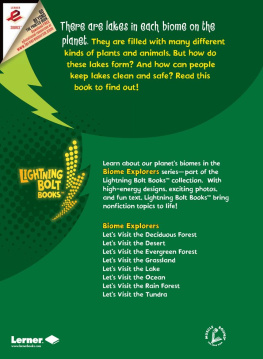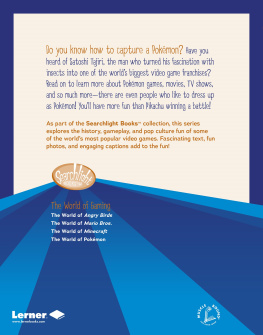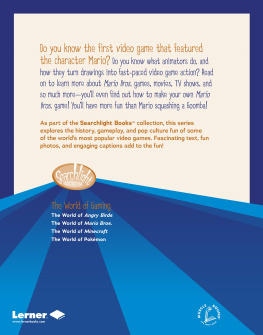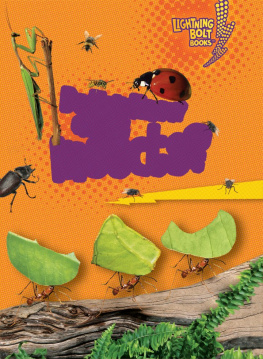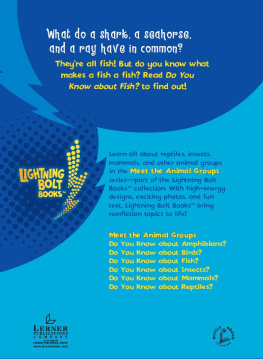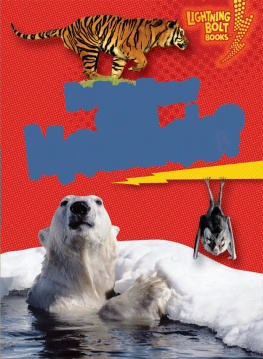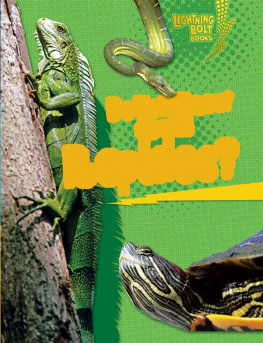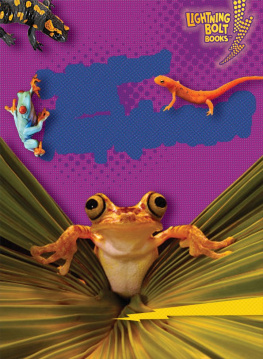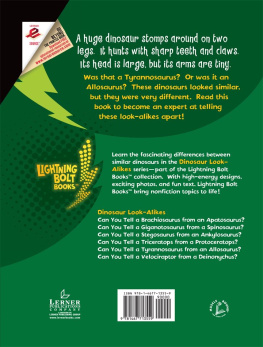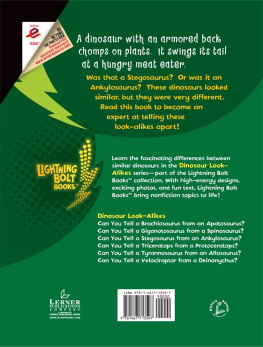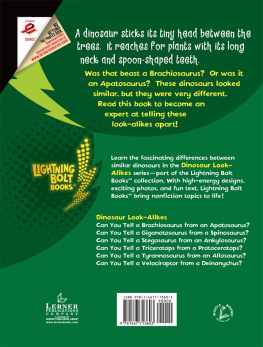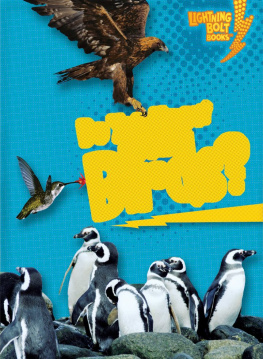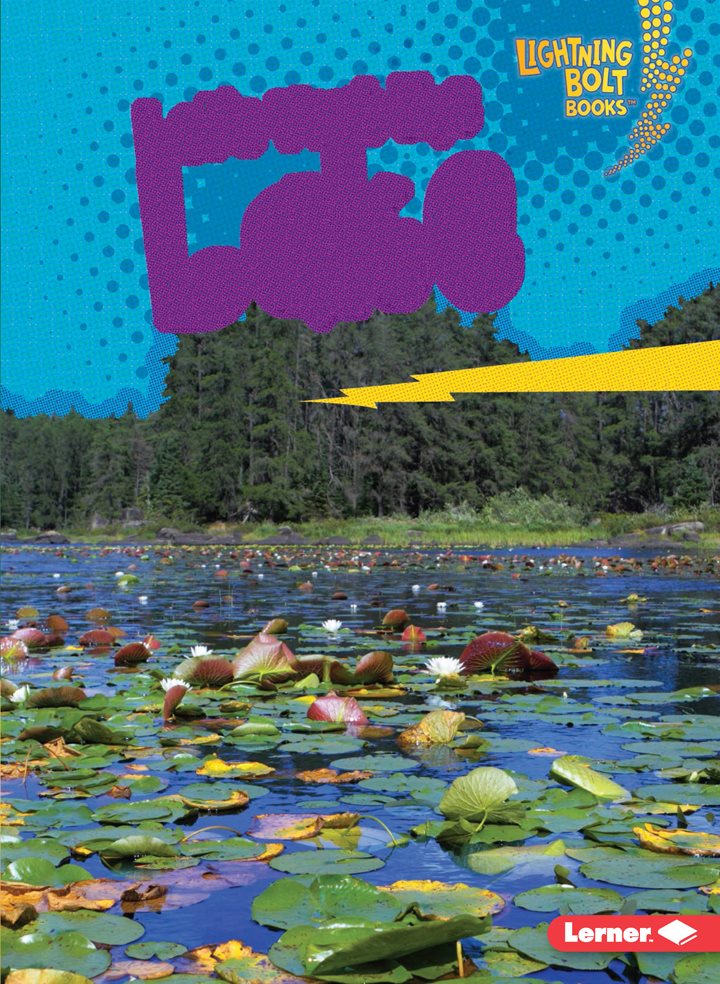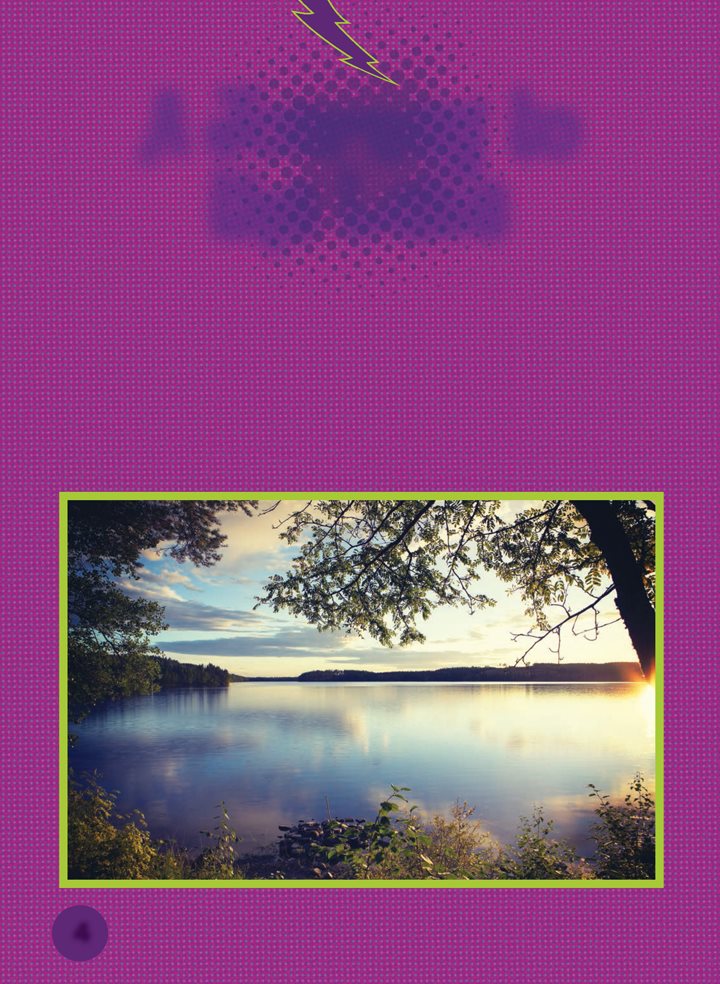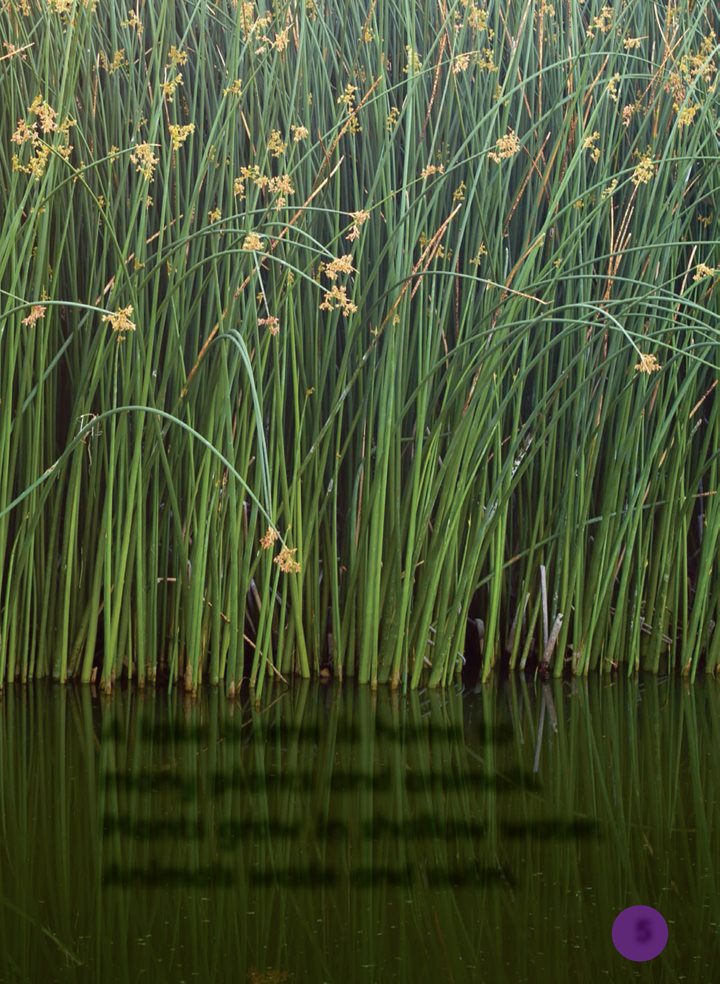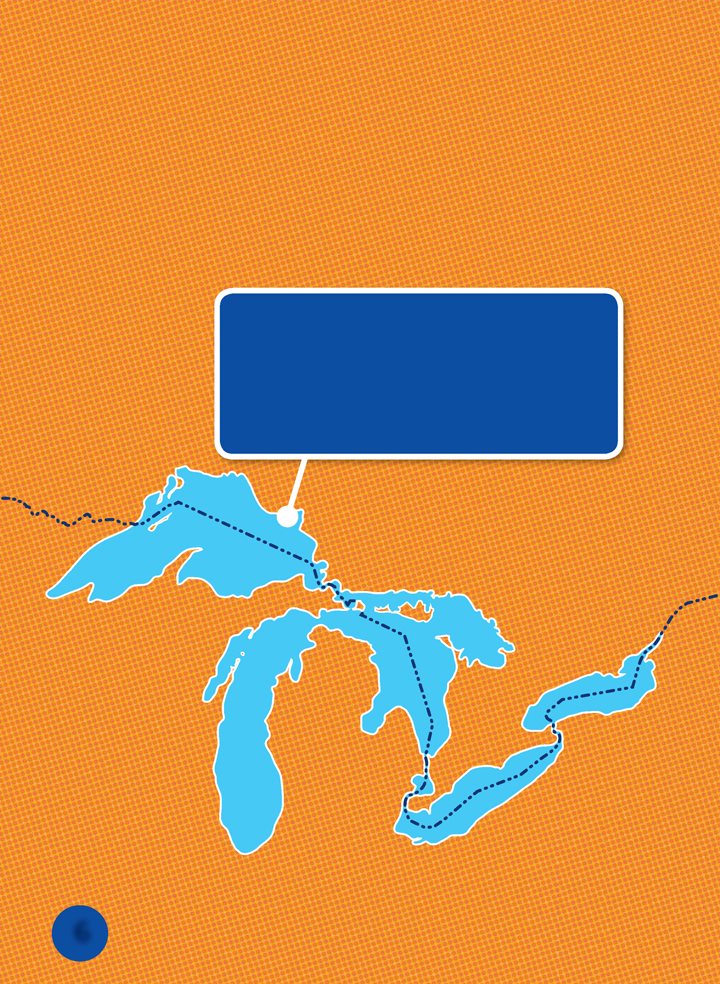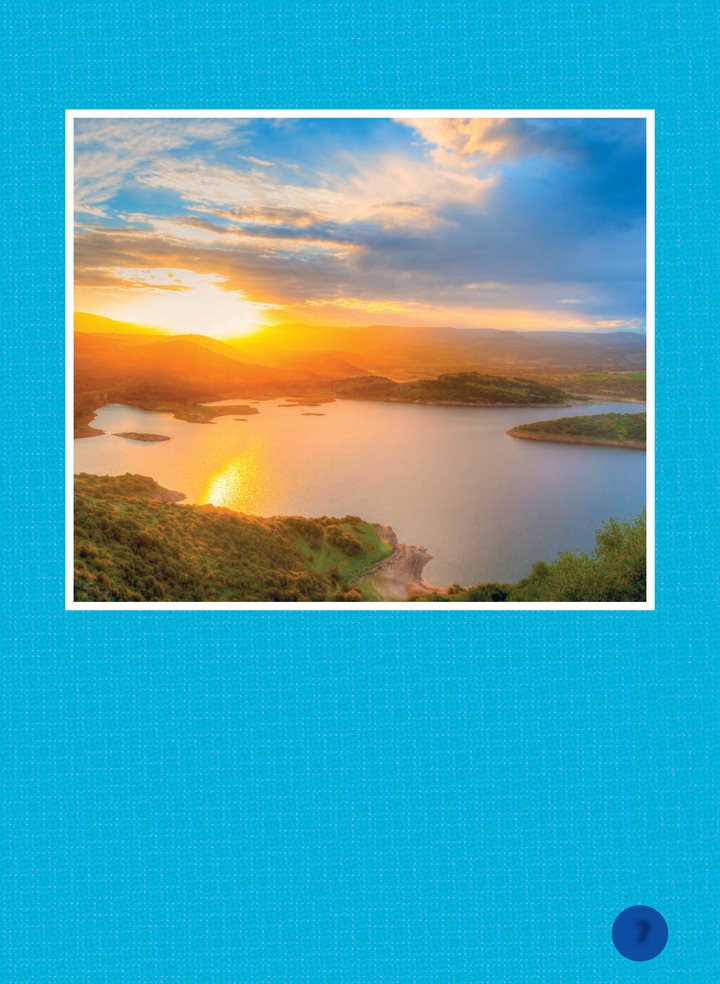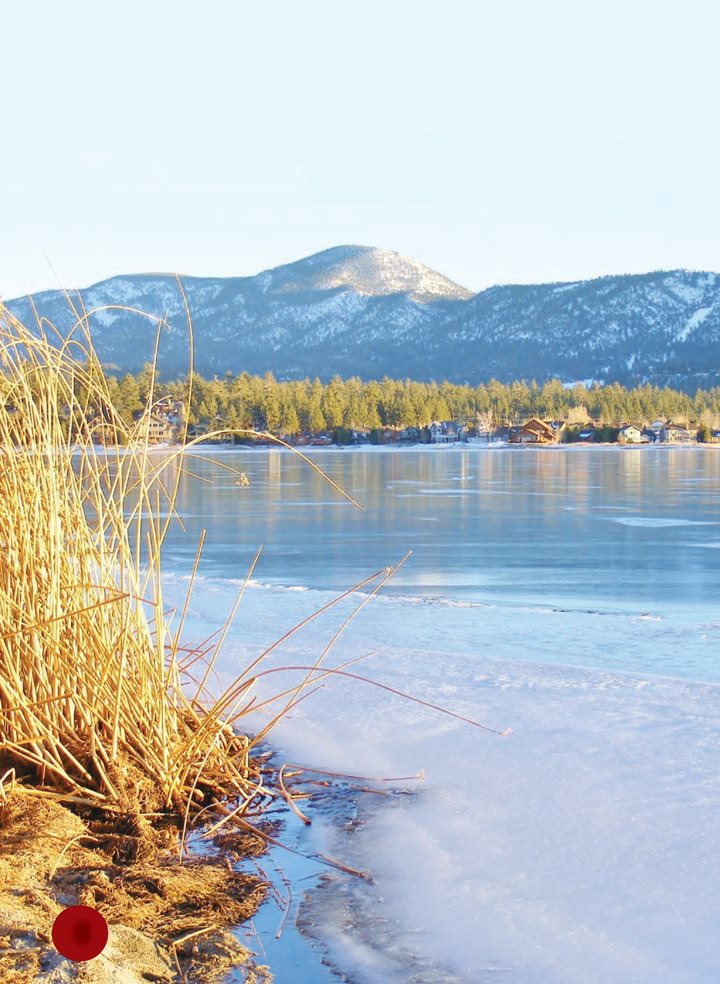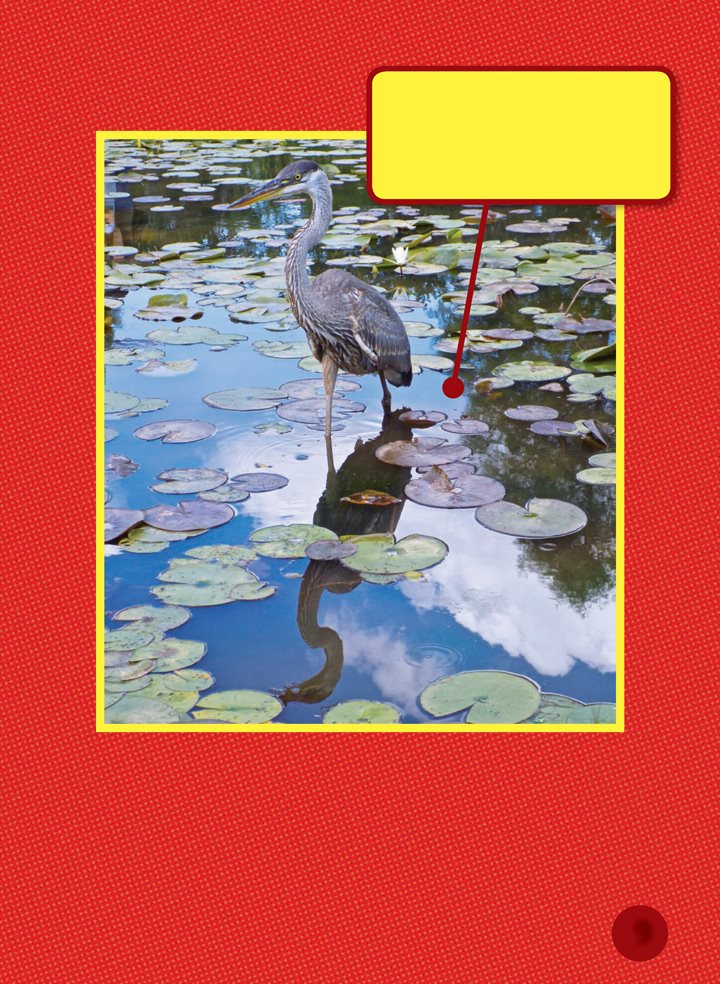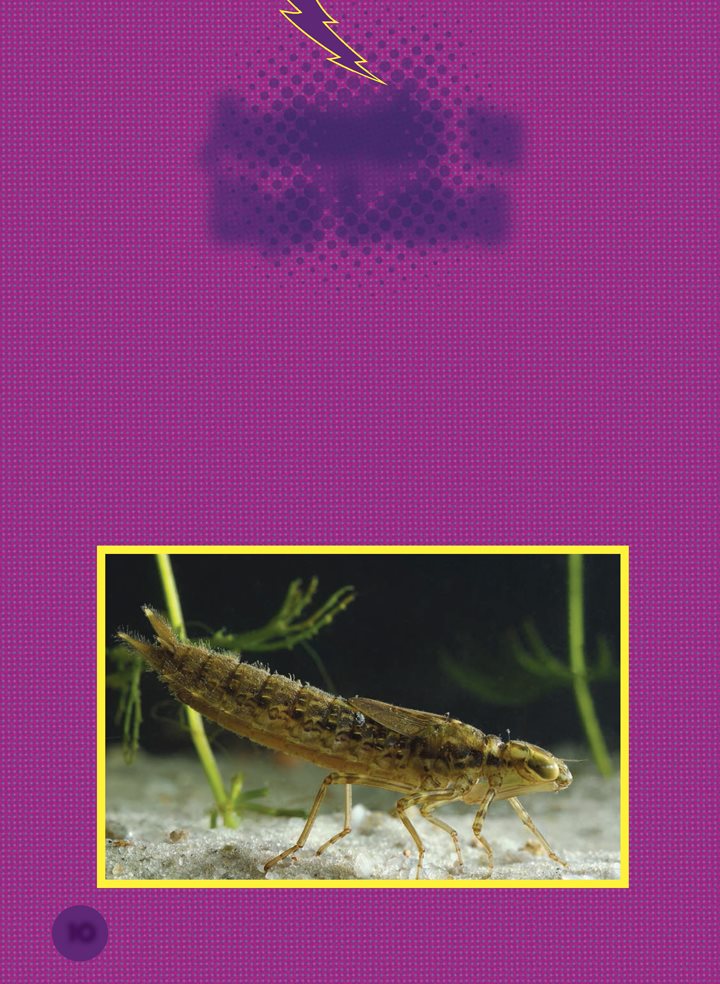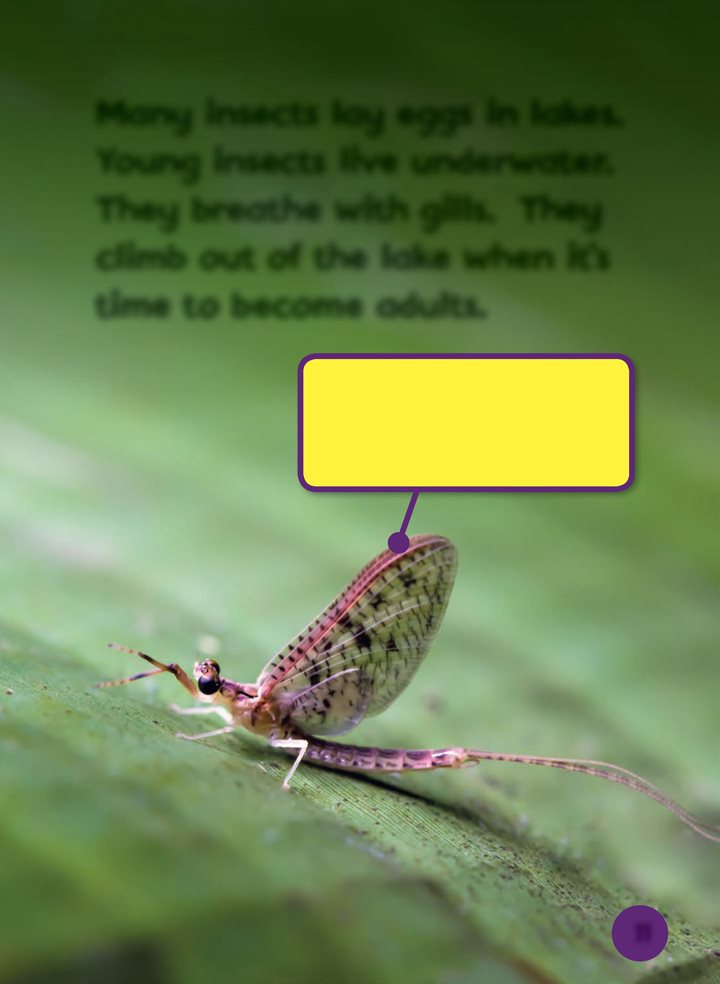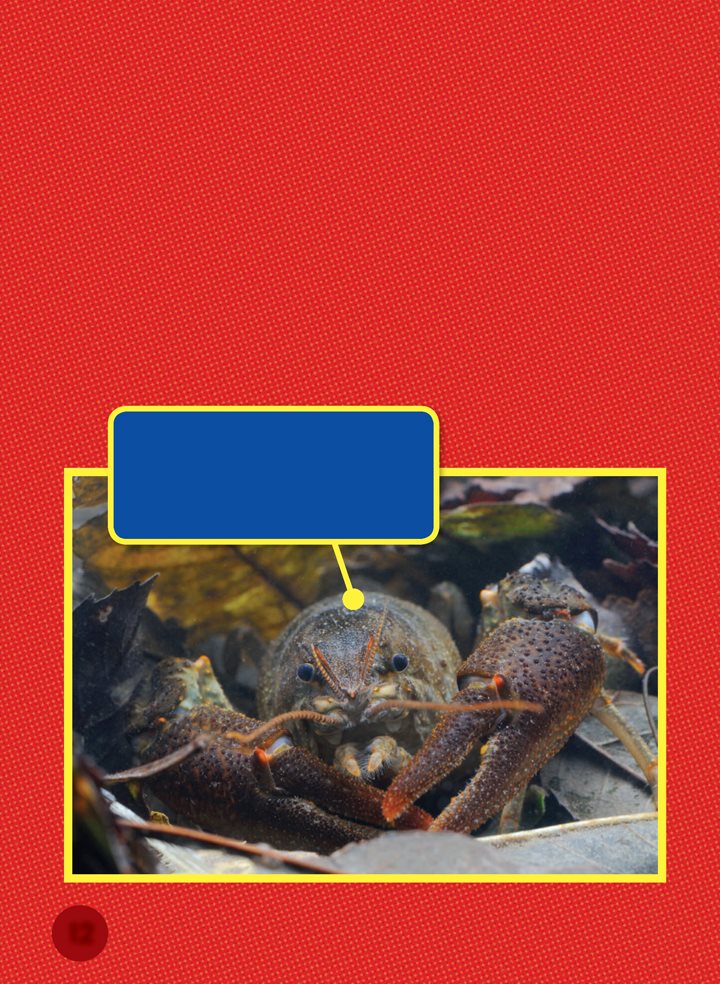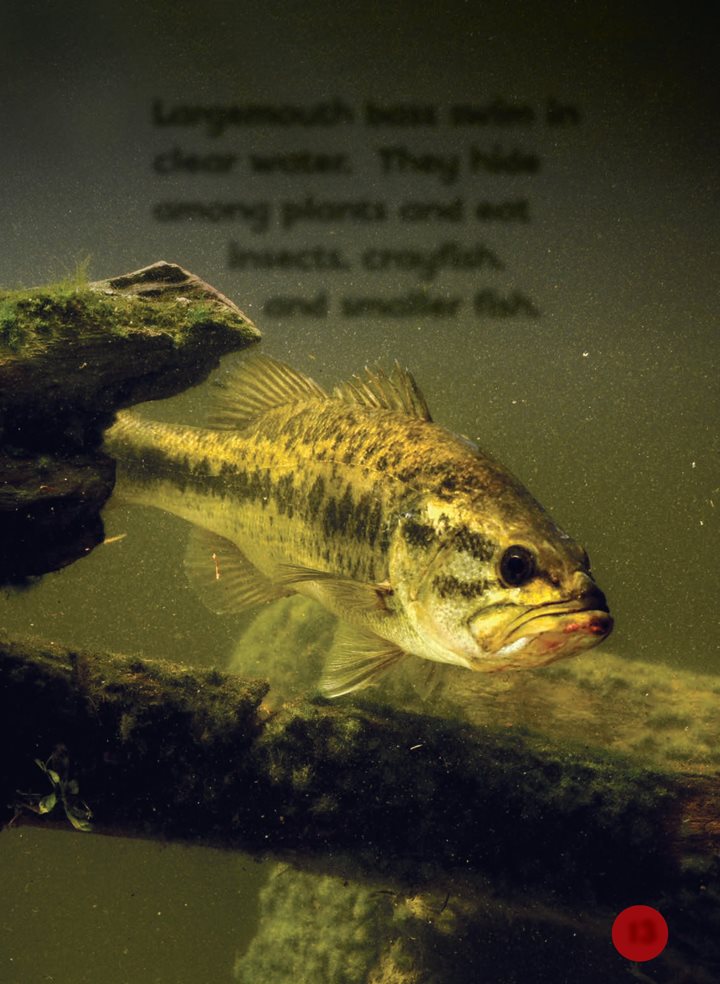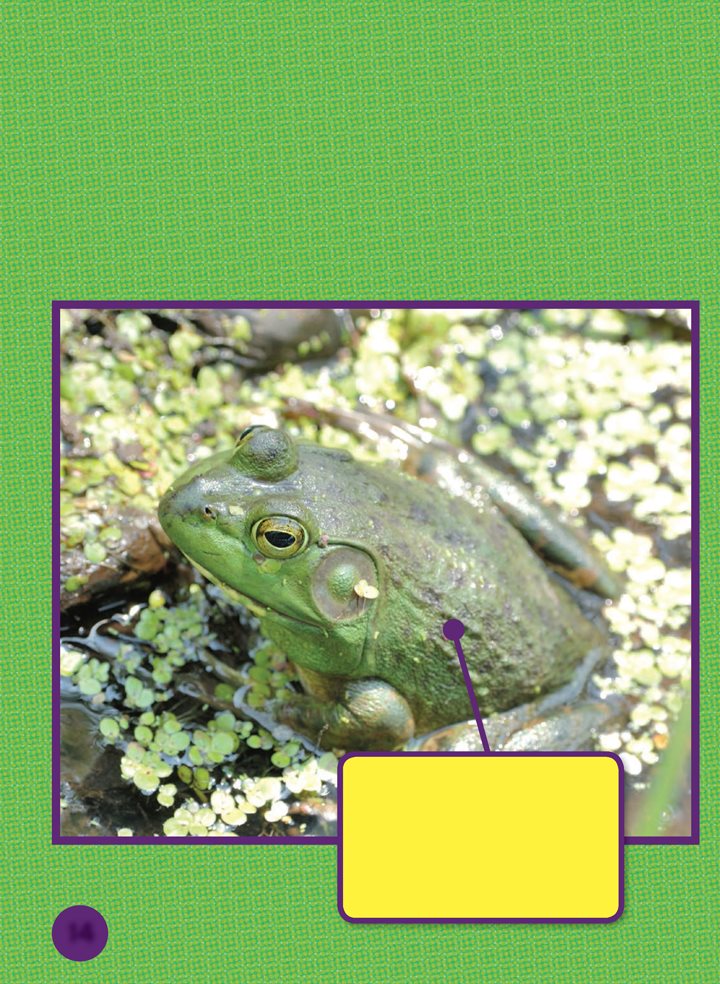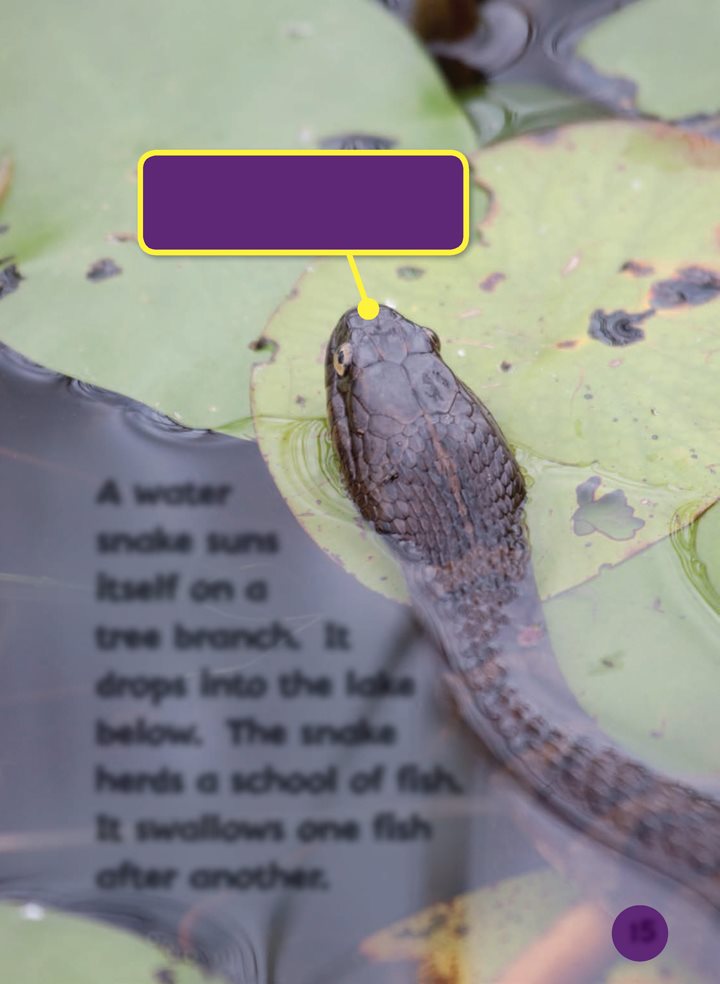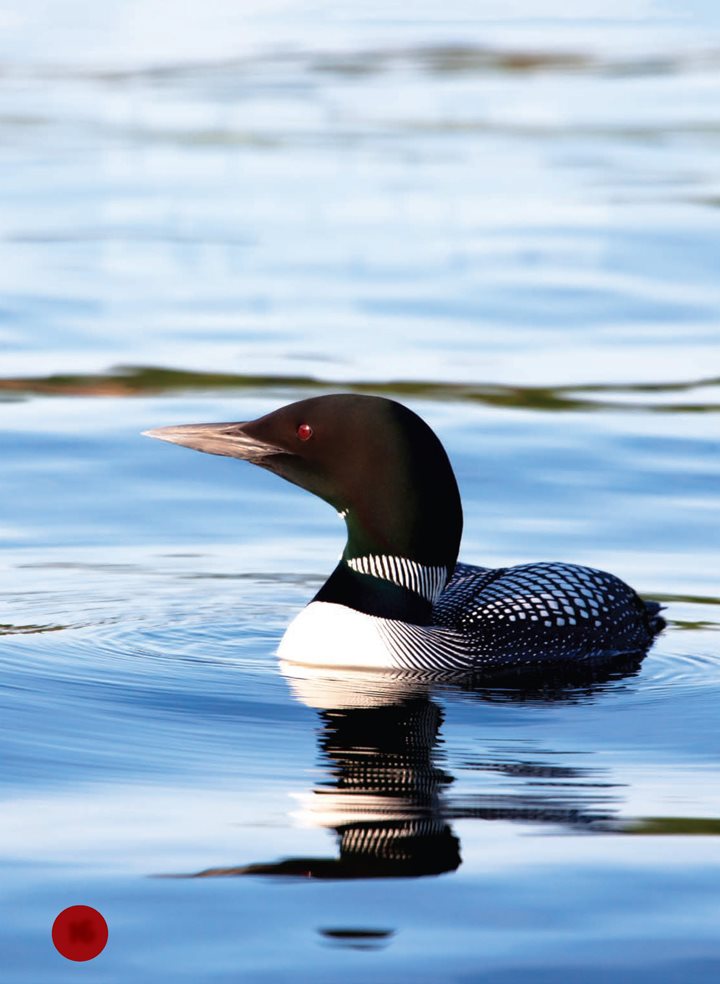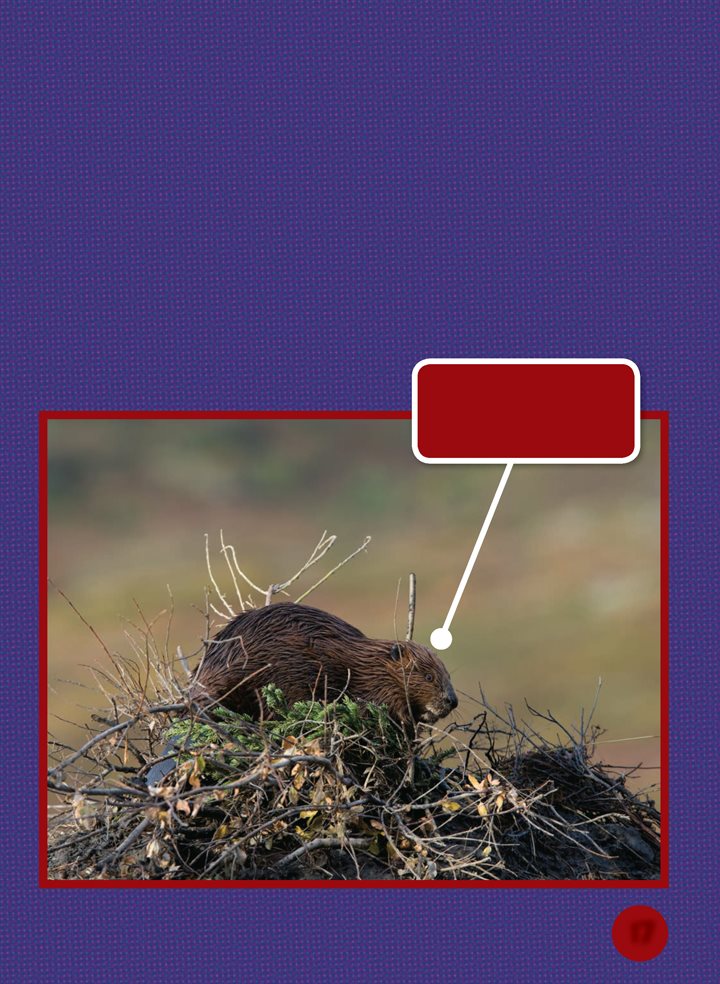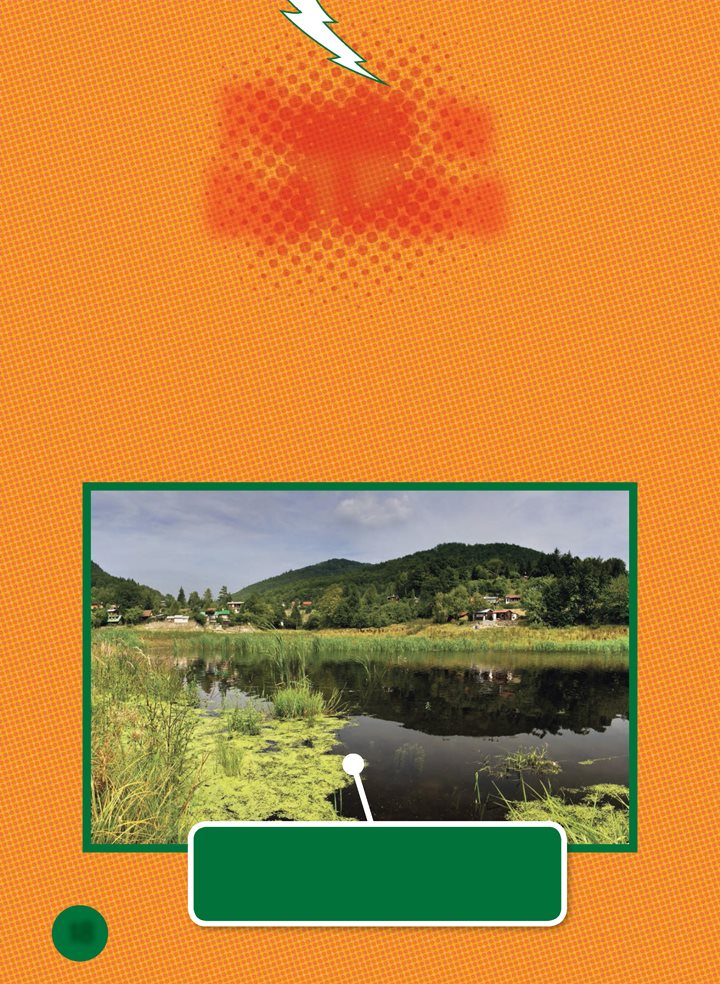Lets Visit the
Lake
Buffy Silverman
Copyright 2017 by Lerner Publishing Group, Inc.
All rights reserved. International copyright secured. No part of this book may be reproduced,
stored in a retrieval system, or transmitted in any form or by any meanselectronic, mechanical,
photocopying, recording, or otherwisewithout the prior written permission of Lerner Publishing
Group, Inc., except for the inclusion of brief quotations in an acknowledged review.
Lerner Publications Company
A division of Lerner Publishing Group, Inc.
241 First Avenue North
Minneapolis, MN 55401 USA
For reading levels and more information, look up this title at www.lernerbooks.com.
Library of Congress Cataloging-in-Publication Data
Names: Silverman, Buffy, author.
Title: Let ' s visit the lake / by Buffy Silverman.
Description: Minneapolis : Lerner Publications, [2017] | Series: Lightning bolt books. Biome explorers |
Includes bibliographical references and index.
Identifiers: LCCN 2015050902 (print) | LCCN 2016011234 (ebook) | ISBN 9781512411935 (lb : alk. paper)
| ISBN 9781512412314 (pb : alk. paper) | ISBN 9781512412017 (eb pdf)
Subjects: LCSH: LakesJuvenile literature. | Lake ecologyJuvenile literature.
Classification: LCC GB1603.8 .S55 2017 (print) | LCC GB1603.8 (ebook) | DDC 577.63dc23
LC record available at http: // lccn.loc.gov / 2015050902
Manufactured in the United States of America
1-39695-21306-4 / 6 / 2016
Table of Contents
A Journey to
the Lake
People and
the Lake
Biome
Extremes
A Journey to
t h e Lake
Imagine sitting by a lake on a
summer evening. Frogs croak.
Dragonflies dart. Herons catch
fish near the lakes surface.
A lake biome is home to
many plants and animals.
Plants grow in shallow water.
Animals wade and swim.
Lakes are found on all seven
of Earths continents and on
every kind of land even in
the tundra and the desert!
T his map shows the Great
Lakes. Together, these lakes
make up the largest body of
fresh water on Earth.
CANADA
UNITED STATES
Lake
Superior
Lake
Huron
Lake
Michigan
Lake Erie
Lake
Ontario
Lakes form in low areas in
the land. Water flows from
the land to the low spot.
Gradually the lake fills.
Rain, snow, ice, streams, and
groundwater fill a lake. Most
lakes contain fresh water.
A pond is a small,
shallow lake. P lants
grow across this pond.
Some lakes are huge. Others
are small. Lakes can be
deep or shallow.
Animals in
t h e Lake
A dragonfly nymph sits on the
lake bottom. Its jaw shoots out
and grabs a bug. The nymph
squirts water from its tail. It
streaks forward like a rocket.
Many insects lay eggs in lakes.
Young insects live underwater.
They breathe with gills. They
climb out of the lake when its
time to become adults.
T his may f ly rests on
a leaf. Soon it will be
ready to produce young.
Crayfish hide at the bottom of
lakes and dig burrows under
rocks. They feast on fish eggs,
snails, insects, and plants.
They use their sharp claws
to keep predators away.
T his cray f ish hides
among the leaves at
the bottom of a lake.
Largemouth bass swim in
clear water. They hide
among plants and eat
insects, crayfish,
and smaller fish.
A bullfrog rests in warm, still
water. It is hidden among
floating plants. Its tongue
zips out and grabs its prey.
Bullfrogs will eat
whatever they can
f it in their mouths
even other frogs.
T his snake is called a
northern water snake.
A water
snake suns
itself on a
tree branch. It
drops into the lake
below. The snake
herds a school of fish.
It swallows one fish
after another.
A loon glides across a lake.
It dives below the surface
and paddles with its powerful
feet. It chases small fish and
swallows them.
A family of beavers huddles
in its lodge. The lodge has
an underwater entrance. The
beavers dive underwater to
bring back sticks to the lodge.
Beavers eat
bark and twigs.
Plants in
the Lake
Green plants grow in and
around a lake habitat. They
grow in clear water where
there is sunlight.
Green plants and algae
need sunlight to make food.

